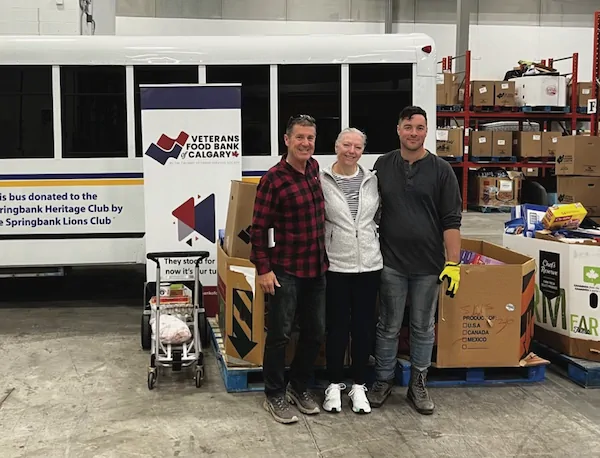ACHILLES TENDINOPATHY
Achilles tendinopathy is one of the most frequent ankle and foot overuse injuries that presents itself as a swollen, tight and painful swelling at the back of the ankle. It is often a chronic, frustrating injury with no real gold standard of treatment due to the controversial clinical results between various studies. The onset of this issue is multifactorial and includes both intrinsic and extrinsic factors. Intrinsic factors include biomechanical abnormalities of the lower leg such as leg length discrepancy, hyper-pronation of the foot, forefoot dysfunctions and systemic conditions such as diabetes, hypertension, gout, and obesity. Extrinsic factors include mechanical overload and training errors such as increased interval training, excessive hill training, hard/sloping surfaces, increased mileage and poor shock absorption (Kirschgesner et al. 2014, Joint Bone Spine).
Studies show that healthy tendons are relatively avascular. This means they don’t naturally have a great blood supply. The area of the tendon 2-6cm about the heel insertion is the least vascularized zone at all ages (McShane et al. 2007). This results in limited reparative ability at times of stress and injury. Neovascularization is a term used to describe the appearance of abnormal vessels and has been shown to be a feature of achilles tendonopathy. This neovascularization and accompanying neonerves (abnormal nerve development) have been shown to be a source of pain in the chronicity of achilles issues. A failed healing response in the tendon has been linked with degenerative changes, disorganized collagen formation and neovascularization (Vora et al. 2005, Foot and Ankle Clinics).
In the acute phase of management, initial rest is key. Having a thorough assessment of activity history, gait patterns and biomechanics can help identify some of the intrinsic and extrinsic factors. The use of braces or immobilization may be combined with modified activity. Acute immobilization may be used to help control exacerbating factors, but prolonged immobilization should be avoided. Modified training regimes and specific exercises will help to prevent muscle imbalances and compensatory movement patterns. Orthotics may be helpful alongside other modalities (such as manual therapy, ultrasound, laser and shockwave therapy). If there is an identifiable malalignment in the lower extremity a custom orthotic, graduated heel lift or insole can alleviate pressure on the tendon insertion site.
Therapeutic ultrasound has been shown to reduce the swelling in the acute inflammatory phase of soft tissue disorders, relieve pain and increase function in chronic tendon injuries. Ultrasound can stimulate collagen synthesis and cell division which can stimulate the healing process (Best et al. 2015 The Physician and Sportsmedicine). The use of NSAIDS (anti-inflammatory meds such as Ibprofen, Advil, Naproxen) are typically used in the acute phase to relieve pain and reduce swelling and stiffness. However, there are studies that indicate that the use of NSAIDS may “inhibit tendon cell migration and proliferation and impair tendon healing” (Tsai et al. 2007 Connective Tissue Research). Corticosteroid injections are also used to reduce pain and swelling. Corticosteroid use may have some benefit in the short term but adverse effects were reported in up to 82% of trials, showing tendon atrophy, tendon rupture and decreased tendon strength (Haraldsson et al. 2006). Any possible benefit of corticosteroid injections appears to be outweighed by the potential risks. Other treatments such as platelet-rich plasma (PRP) are thought to facilitate healing as it contains different growth factors and other cytokines that stimulate healing in soft tissues.
Many studies show that eccentric exercises are beneficial in the early treatment of achilles tendinopathy. Eccentric exercises have been shown to reduce pain and improve the healing process by rapidly strengthening the calf muscle, stiffening and lengthening the myotendinous unit, and decreasing the neovascularization in the tendon (Magnussen et al. 2009 Clinical Journal of Sports Medicine). Eccentric strengthening may include delayed onset muscle soreness and a temporary exacerbation of symptoms. Under the guidance of a health professional, an adequate strengthening program can provide beneficial tendon loading. (Hong- Yun Li et al. 2016 Pubmed Central).
Overall, the clinical syndrome of achilles tendonopathy is multifactorial and the sources of pain are complicated. There are variable conservative and surgical options for treatment – all coming with mixed reviews in the literature. The professionals at Bragg Creek Physiotherapy are available to assess, treat and create an individual treatment program for you. This team includes physiotherapists, athletic therapy, massage therapy and a certified Pedorthist (Orthotics in Motion).
Happy Summer to our local community! We’d love to help you get back out on those trails, in the garden, or out enjoying what you love to do.
Jennifer Gordon (BScPT, GunnIMS, AFCI)
Physiotherapist
Bragg Creek Physiotherapy
www.braggcreekphysio.com


























